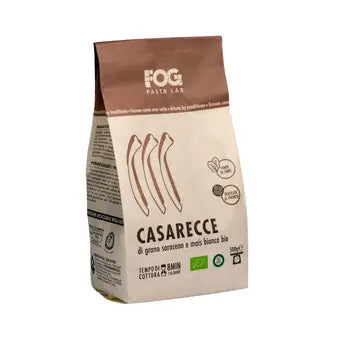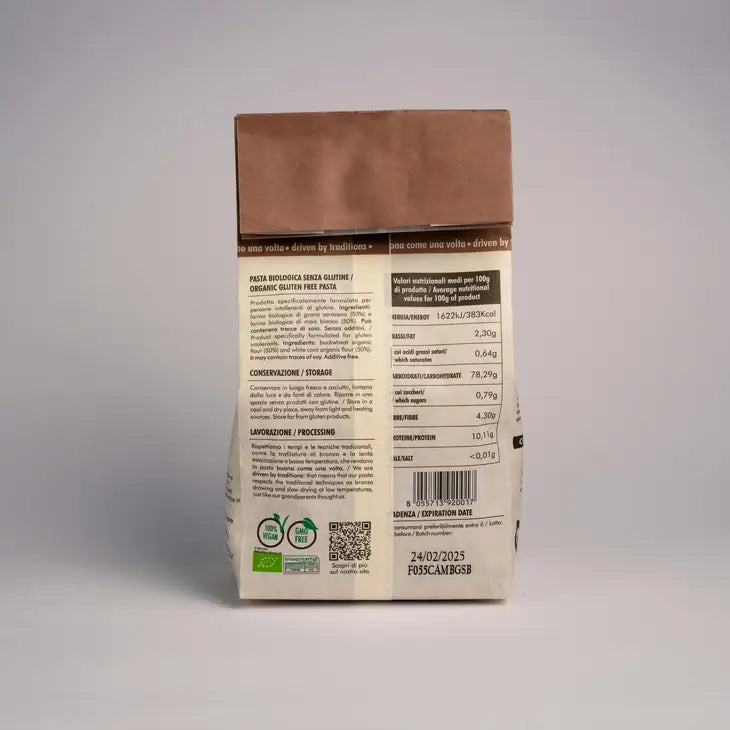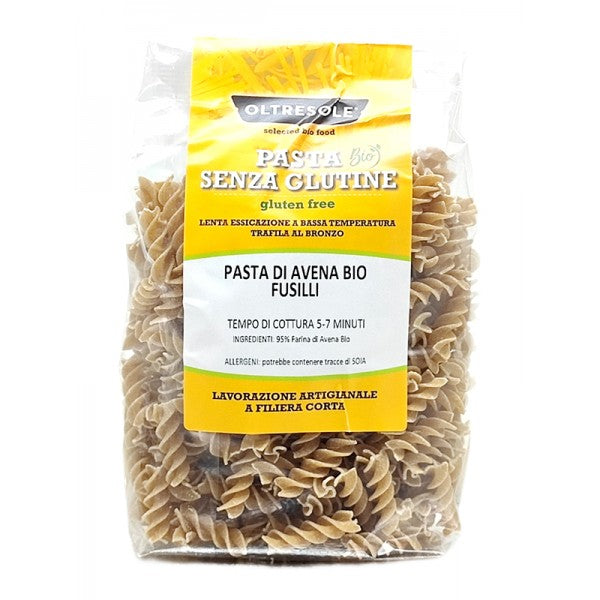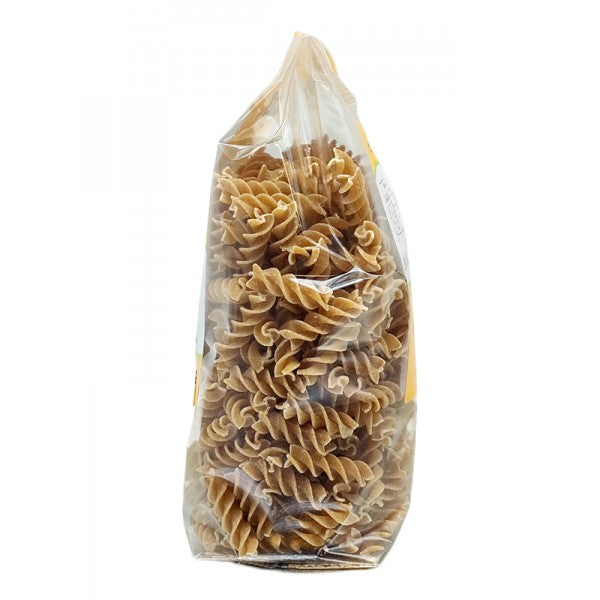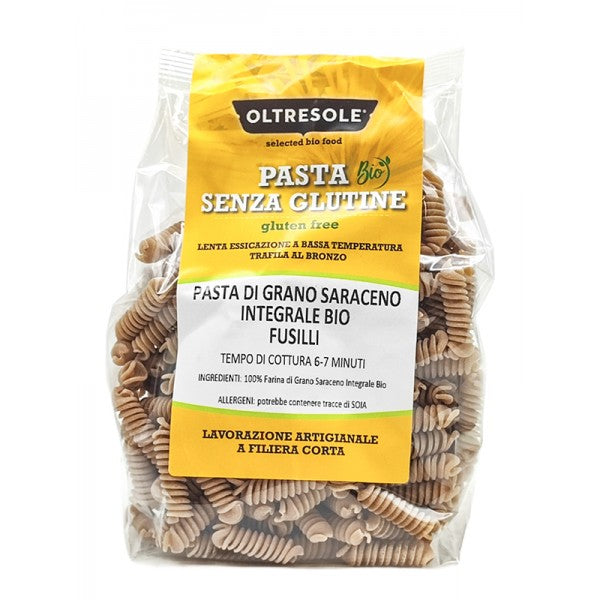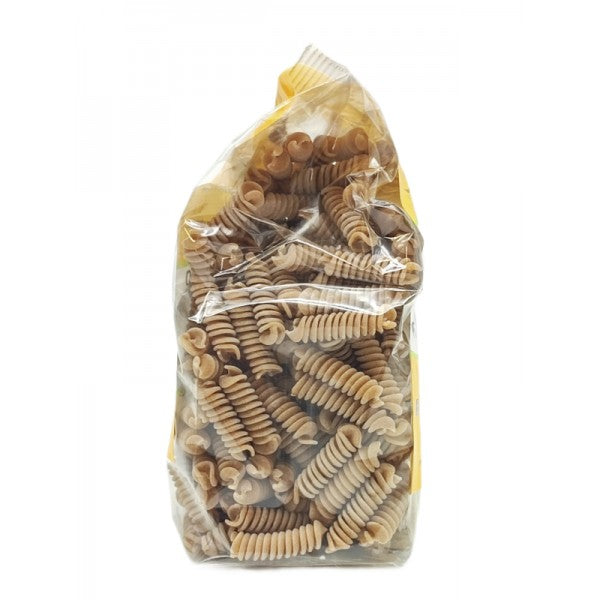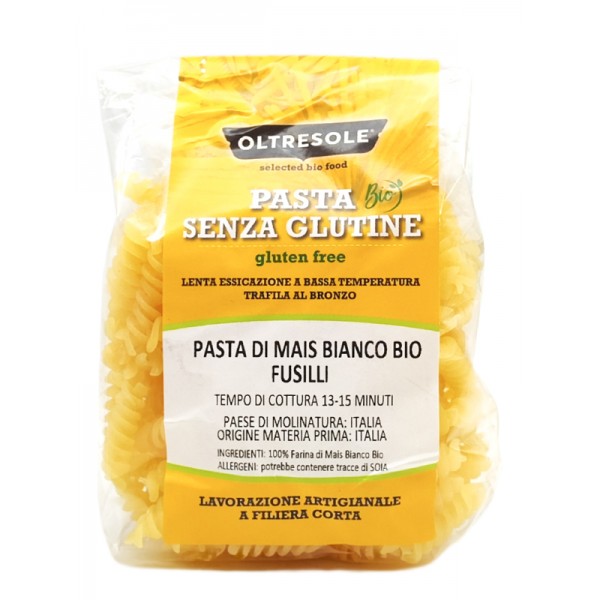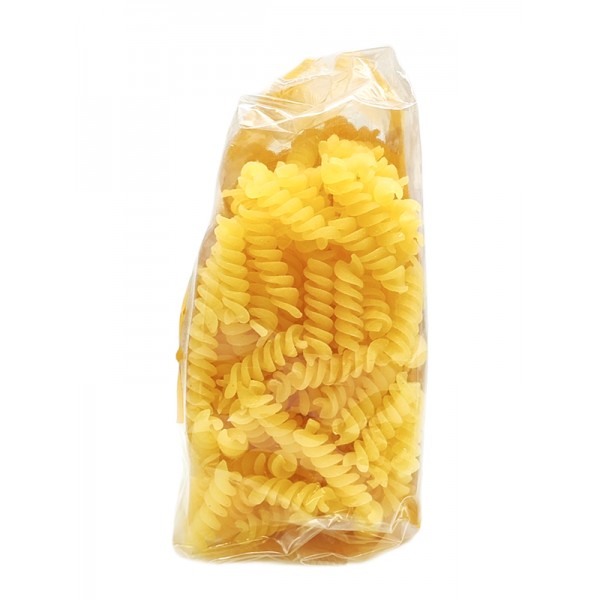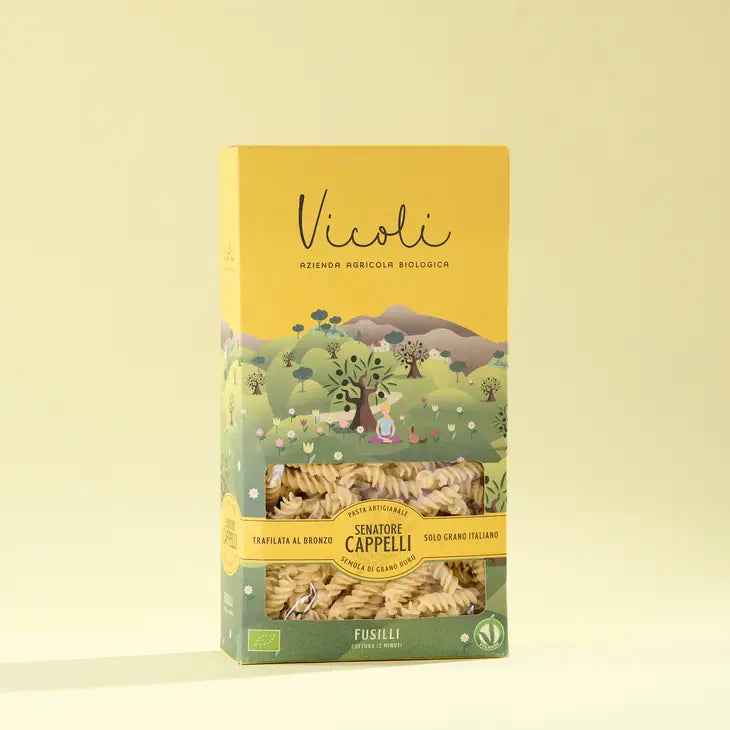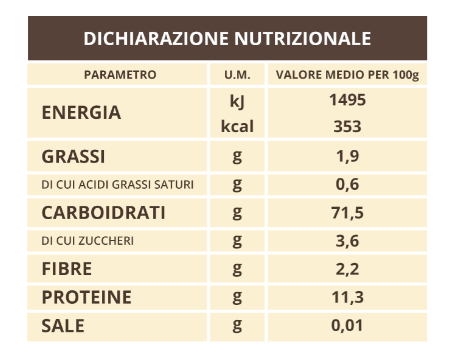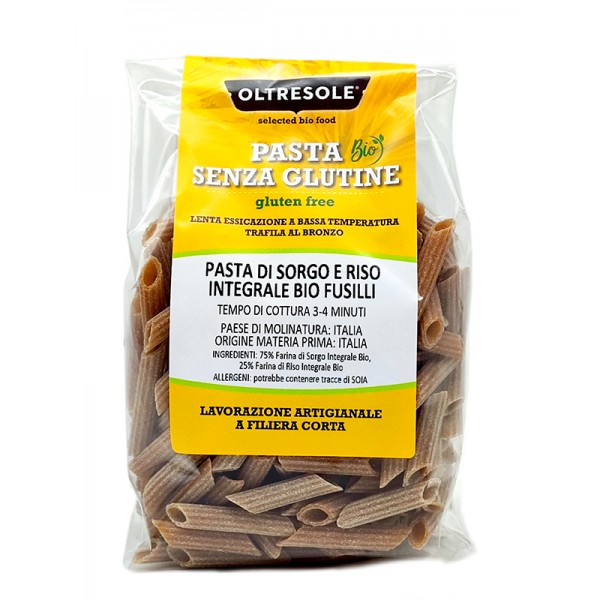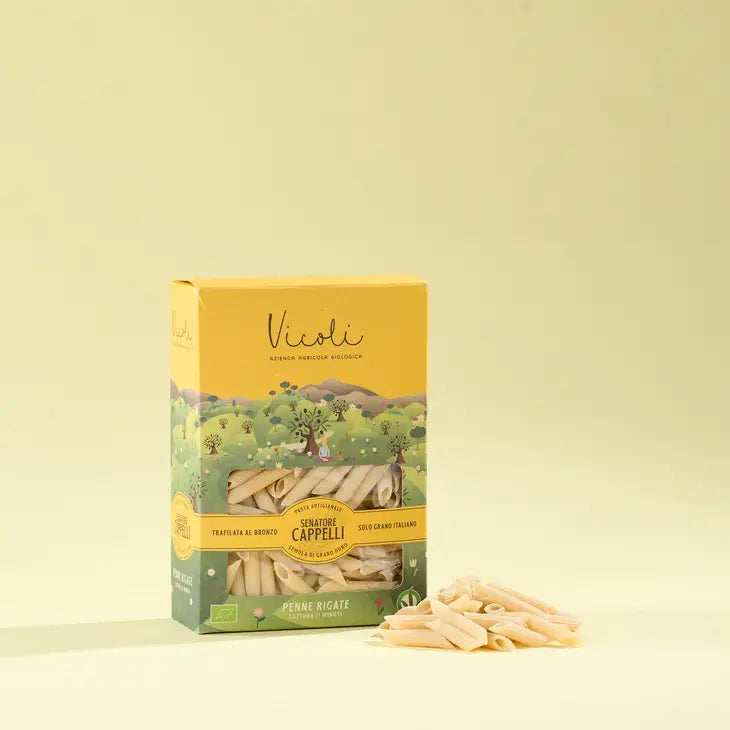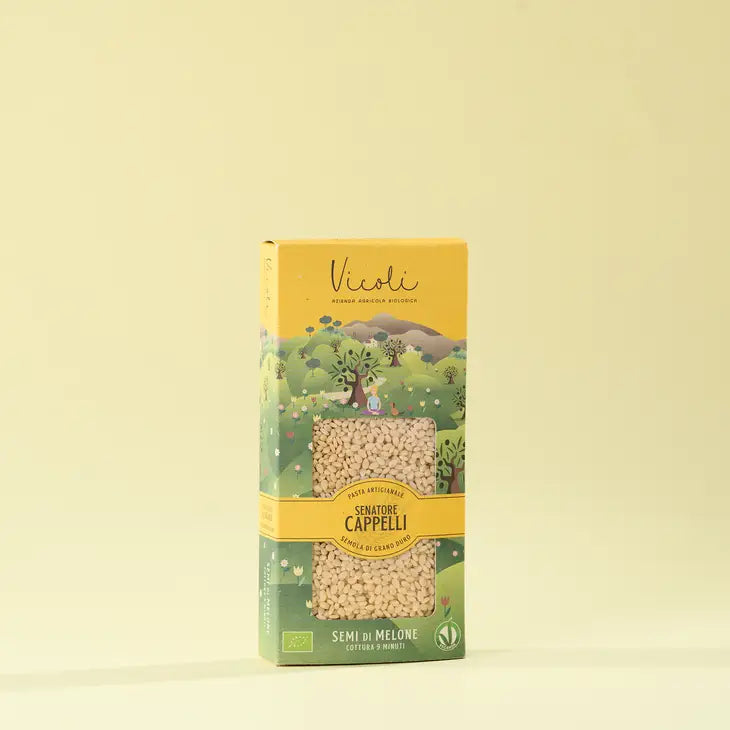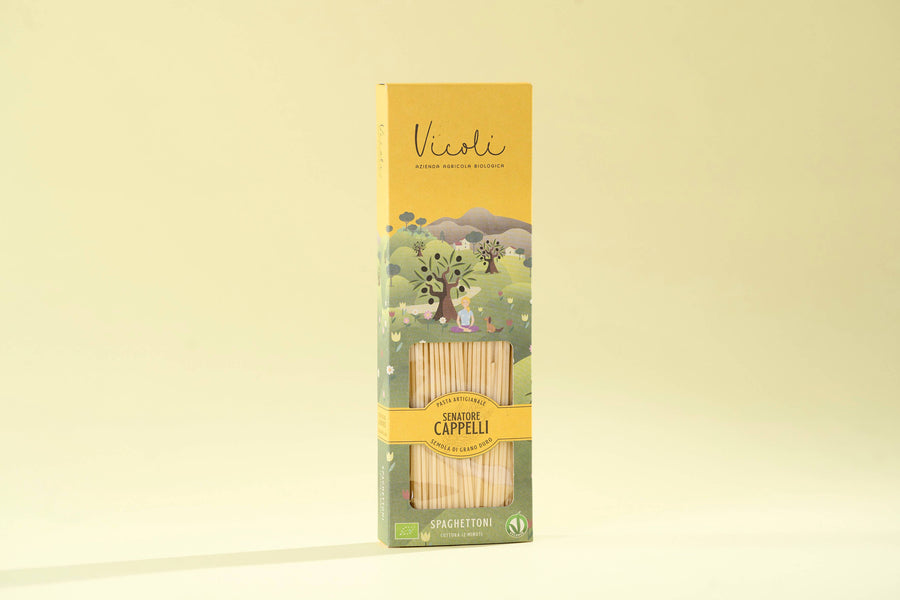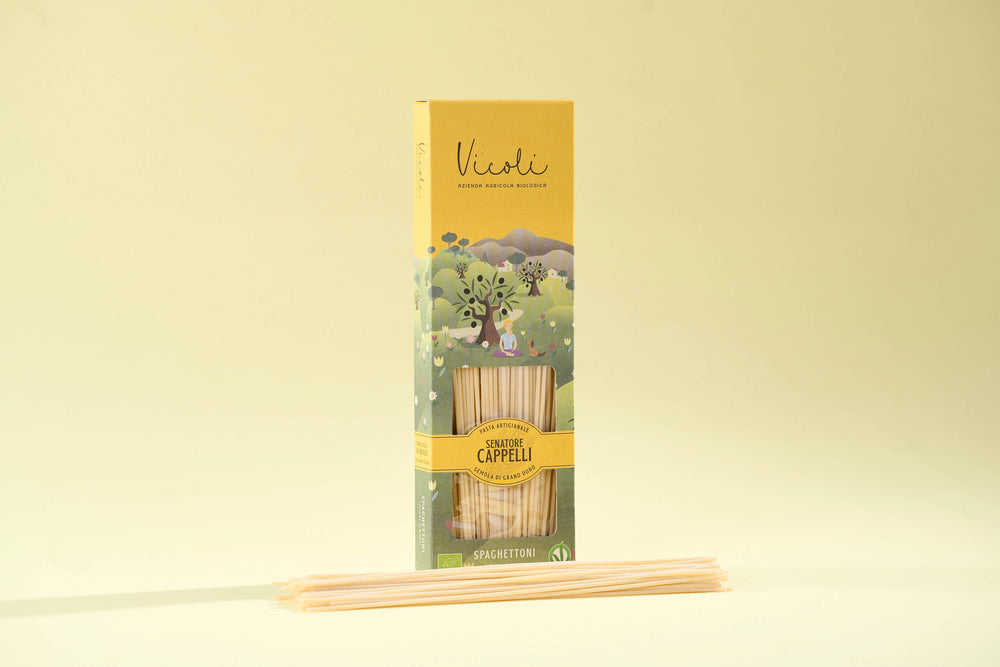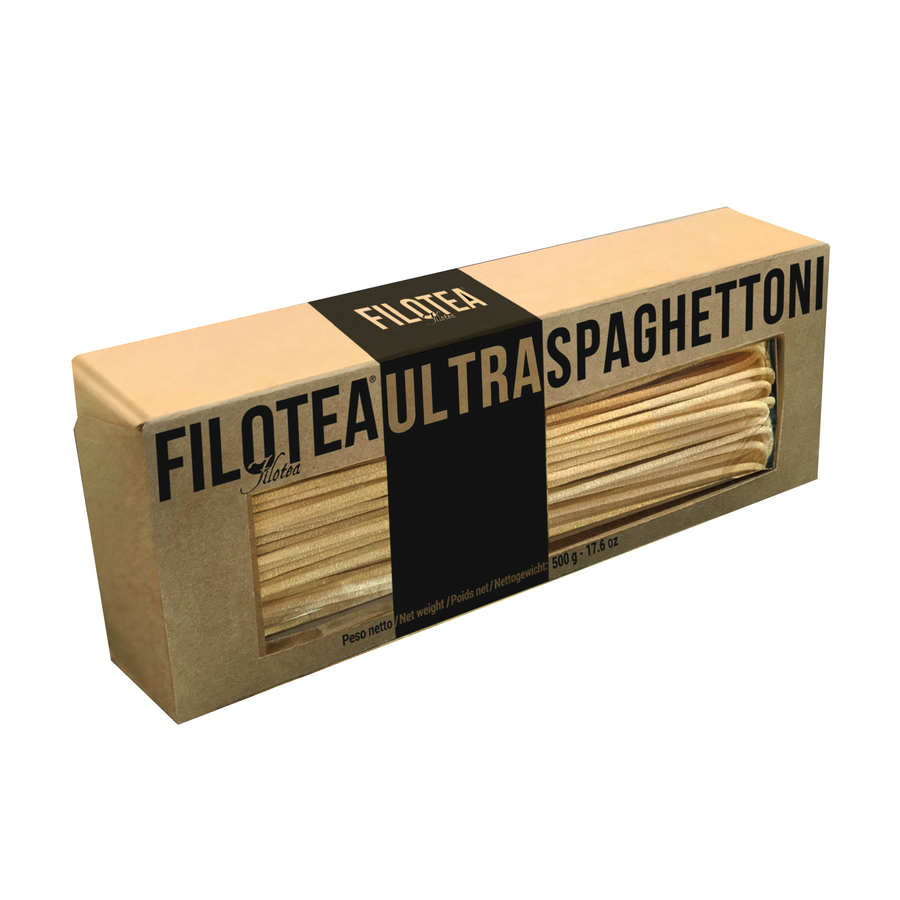
What would life be without Pasta?!
The original recipe calls for a simple dough made of durum wheat semolina and water , sometimes enriched with other ingredients, such as eggs, vegetables, spices, etc.
Its complex carbohydrates provide energy to our body, but also proteins, B vitamins, mineral salts such as iron, phosphorus, magnesium and selenium, and fiber. The advantage of a low fat and cholesterol content, means that if consumed in moderation and combined with light and nutritious condiments, it can contribute to a healthy and balanced diet.
The pasta production process consists of four main phases: mixing the semolina with water, rolling the dough, drawing , which gives the pasta the desired shape, and drying , which reduces its moisture content and increases its shelf life. Then comes packaging and distribution, in the case of industrial production.
The quality of pasta depends a lot on the quality of the raw material , as well as on the processing conditions that are essential to obtain the traditional "golden" color, consistency and resistance to cooking. To choose quality pasta, you must first pay attention to the origin and type of wheat , prefer bronze drawing , since it is this that gives the pasta a rough and porous surface, ideal for retaining the sauce, and finally the drying time and temperature reported on the label, adequate to preserve the organoleptic and nutritional characteristics of the product, the expiry date , as far away as possible, and the visual appearance , uniform and free of stains or impurities.
As already mentioned, the traditional recipe for pasta requires the use of durum wheat semolina and water, but over time, creativity in the kitchen and new dietary needs have allowed numerous variations to be invented for the added ingredients, shape, size, type of cooking and seasoning, some typical regional ones, such as Emilian tortellini, Apulian orecchiette, Sardinian malloreddus, Valtellina pizzoccheri, etc. Other variations are the result of dietary needs, such as celiac disease, so today it is possible to find pasta in traditional shapes, but without the use of cereals containing gluten, such as rice, corn, buckwheat or based on legumes and pseudo cereals.
A curious historical fact related to pasta is that the term “maccheroni” derives from the Sicilian “maccarruni”, meaning “to knead vigorously”, in reference to the processing of the dough. The term “maccheroni” was then used in a derogatory sense by the French to indicate Italians, considered pasta eaters, and later by the English, who transformed it into “macaroni”. This term also became famous thanks to the song “Yankee Doodle”, which tells the story of an American farmer who goes to the city and boasts of being a “macaroni”, that is, a fashionable man, but in reality he is ridiculous and ignorant.

Iscriviti al PROGRAMMA PUNTI FEDELTÀ ZiaCris
💶 e 20€ di credito da spendere nello shop ogni 250 punti accumulati

💰 3€ di credito ti aspettano!
Ottieni un credito immediato per i tuoi acquisti






